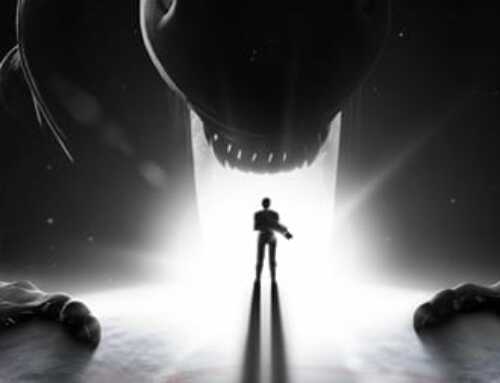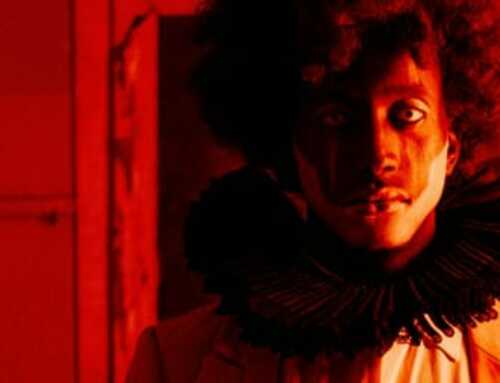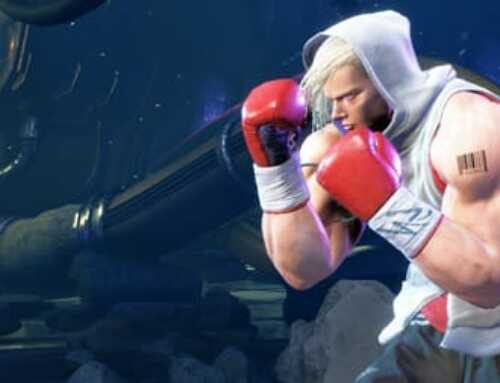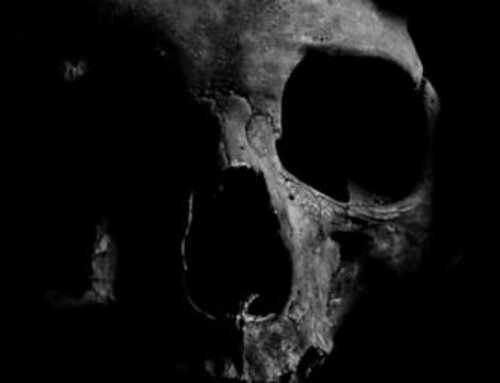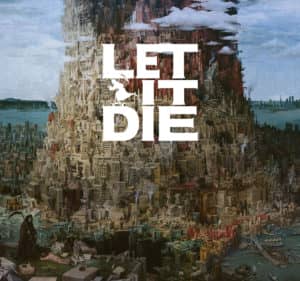 SUDA51 is a rather polarizing figure in the world of video games. His games are not generally commercially successful. However, they do tend to develop strong cult followings. His games are incredibly strange (surreal according to his fans, bordering on nonsensical according to his detractors). I have not played enough of his games to form an opinion one way or the other. Recently, he has released a new game for the PlayStation 4 called “Let It Die.” There are two things about this game’s release that stand out to me as being particularly odd. First, despite being developed by a Japanese game designer, it wasn’t released in Japan until about two months after it was available in the rest of the world. Second, it’s a full-length PlayStation 4 game available for free. So, let’s take a look and see just what there is in the latest game from this cult figure.
SUDA51 is a rather polarizing figure in the world of video games. His games are not generally commercially successful. However, they do tend to develop strong cult followings. His games are incredibly strange (surreal according to his fans, bordering on nonsensical according to his detractors). I have not played enough of his games to form an opinion one way or the other. Recently, he has released a new game for the PlayStation 4 called “Let It Die.” There are two things about this game’s release that stand out to me as being particularly odd. First, despite being developed by a Japanese game designer, it wasn’t released in Japan until about two months after it was available in the rest of the world. Second, it’s a full-length PlayStation 4 game available for free. So, let’s take a look and see just what there is in the latest game from this cult figure.
The story of “Let It Die” is pretty strange. It takes place in the not too distant future, after a huge seismic cataclysm has drastically altered the earth’s geography. During this shake-up, Tokyo drifted off to become an island, dominated by an enormous spire called the Tower of Barbs which is formed of buildings that were rammed together during the earthquakes. People in this world attempt to climb the tower because its peak is said to be the closest point to God. So there’s some definite biblical parallels going on in the background here. The player controls a series of characters who attempt to climb the tower with the aid of a grim reaper with a Finnish accent and x-ray specs who goes by the name Uncle Death. Early in the game it is revealed that the attempt to climb the tower is just a video game within the world of the video game. However when the player character exits that game, it is unclear how much of that game is actually fictional. Uncle Death is still with the player in the “real” world, and there seems to be some outside corroboration of the existence of the Tower of Barbs. I really like this approach. The whole game-within-a-game thing has been done in the past, but this muddying of the water between the game and “real” world is an approach I haven’t seen before. It works very well with the surreal tone of the game.
“Let It Die” is a beautiful game, in its own sort of way. It’s got a very 80s neon dystopia kind of visual aesthetic going on, the kind seen in films like “Akira” and “Blade Runner.” The player character is first brought to the tower on a subway where they have various wires plugged into their body. The landscape is dominated by harsh concrete and neon lights. But underneath all of that there’s an even more sinister element. Blood and guts are flung about with an almost child-like glee. The enemies are largely maintenance robots and other climbers who have been turned strange and monstrous by the tower. As far as how good the graphics actually are, they’re excellent. The game was built with the Unreal 4 engine though, so that really shouldn’t come as a surprise.

I’m not quite sure how to describe the sound direction of “Let It Die” except that it matches very well with the visual direction. The music is full of frantic beats, haunting drones, and occasional bits of hard rock or upbeat pop. The voice-acting is a little bit over-the-top but that fits in well with the particular sort of throw-back aesthetic that this game is going for. I particularly love Uncle Death’s Finnish accent. It’s just such a strange little touch. The actual sound effects are quite good, too. The combat noises in particular are quite good; they sound very meaty.
At first, the gameplay of “Let It Die” seems like a fairly standard, if rather bloody, beat-’em-up. But there’s a lot more to it than that. The game uses an internet connection to populate its world with “Haters” which are the zombified versions of dead players. So you’ll run into your own zombie as well as that of other players who died on the same floor that you’re on. Then there’s the gameplay outside of the game-within-a-game, where the player interacts with other people (and Uncle Death) at the arcade where the player is playing “Let It Die.” I will fully admit that neither of these is a unique feature. Off the top of my head similar mechanics were included in “Dark Souls” and “Catherine,” respectively. However, these are just two examples of something that “Let It Die” does very well. It uses its mechanics as an integral part of the story. Sure, the Haters are there to add extra challenge and the ability to unlock new characters, but they also illustrate what the Tower of Barbs does to the people inside of it. It’s not just a mechanic that you fight yourself, its an actual stated part of the story that people who die in the Tower are resurrected and turned monstrous. The frantic pace of the action means that the player will certainly be consuming lots of the mushrooms and creatures of the tower, which we are shown to be addictive to those who use them. So without directly saying it, the game forces the player to act out the addiction that we see in the character of the Mushroom Magistrate. Almost every mechanic of the game is actually a way to get the player to act out the horror and desperation that they are told about without ever being heavy-handed about it.
I wasn’t sure what to expect with “Let It Die.” Given what I had heard about the game and its designer, I was expecting maybe a sort of goofy version of “Dark Souls.” I wasn’t expecting something this frantic and brutal, something which focuses so heavily on the horror of loss-of-self while still often being lighthearted. This is a weird, almost self-contradictory game, and I love it for that. This isn’t going to be everyone’s cup of tea for a variety of reasons which are all perfectly valid, but I say it’s at least worth checking out. It is free, after all.


